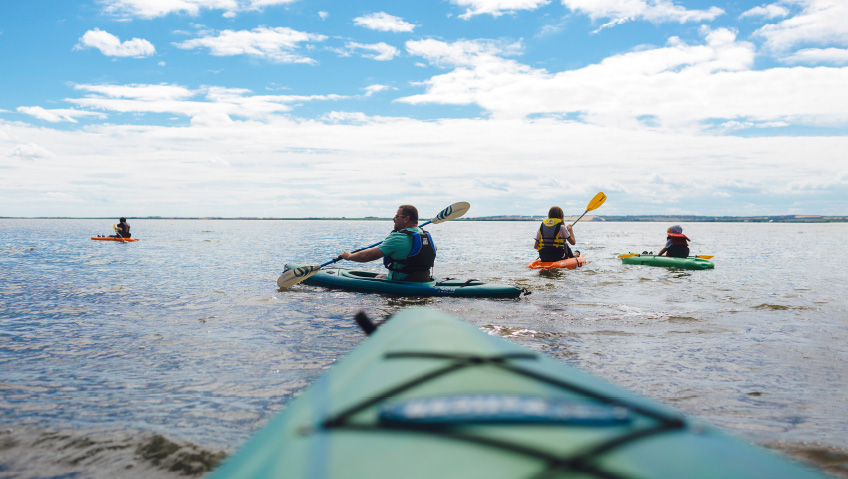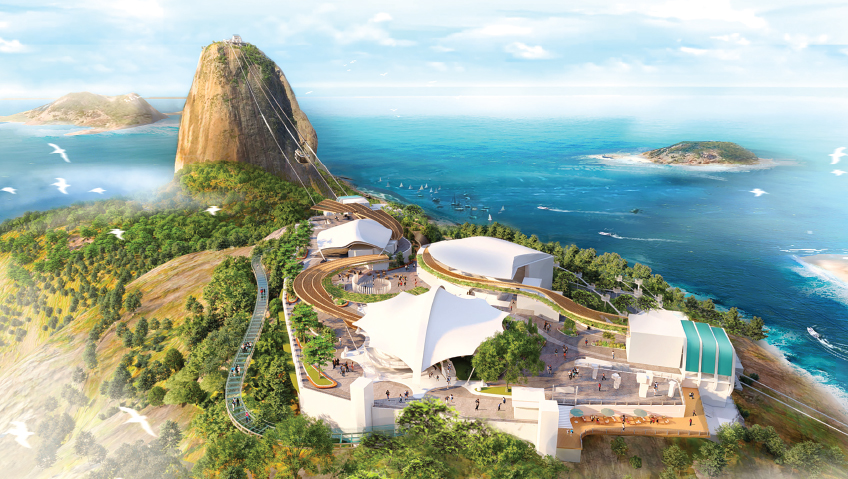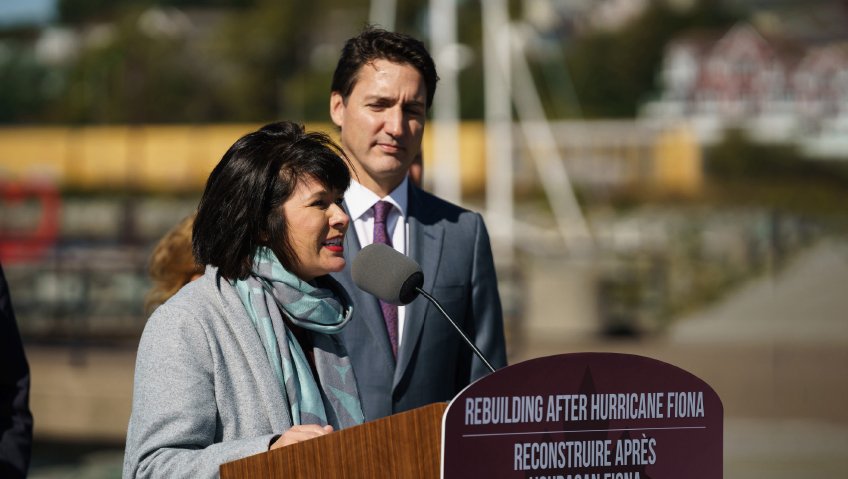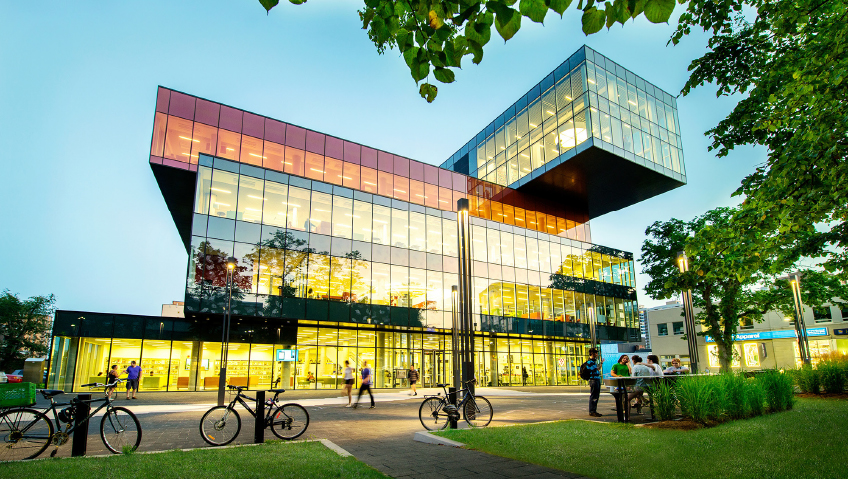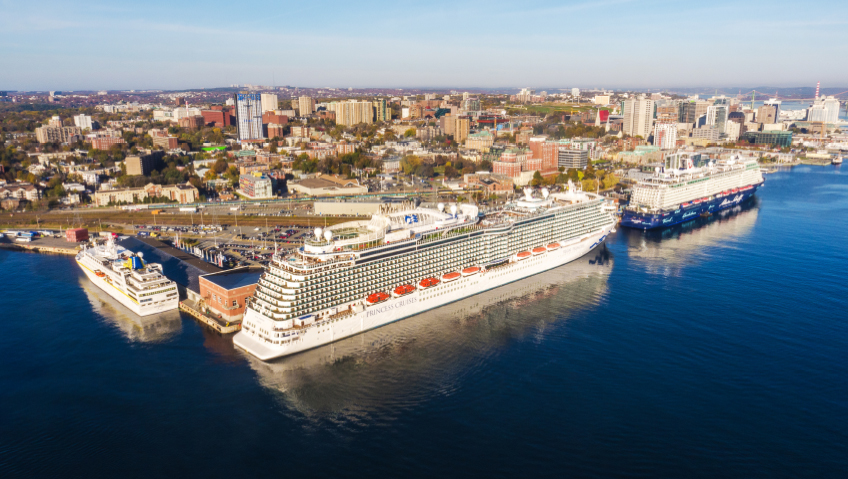Located on Treaty 8 Territory in northwest Alberta and bordered by British Columbia, the Smoky River and the Wapiti River, the County of Grande Prairie No. 1 is home to a mix of thriving urban and rural towns and a wealth of opportunities.
Boasting a breadth of economic prospects including forestry, energy, agriculture, construction, manufacturing, tourism, hospitality, and retail, the County is surrounded by abundant natural resources, indoor and outdoor recreational activities, and cultural events for people of all ages.
With a vision of constructing sustainable, healthy, and safe communities, the County’s expanding population is fueled by welcoming and affordable spaces, a diverse economy, and expansive scenery, and is primed for further expansion due to its advantageous location.
There’s a lot on the go in County of Grande Prairie, including work on Highway 40, a $106 million construction project underway to twin 19 kilometers from the city limits spanning into the Municipal District of Greenview.
“The County has spent approximately $44.2 million in 2020 and 2021 on the necessary transportation infrastructure construction and upgrades to service the industrial, commercial and residential needs within the region,” says Nick Lapp, Director of Planning and Development Services.
The Highway 40x East Connector is another critical project prioritized to increase safety, support new private investment, and enable economic growth and supply chain resiliency. “Traffic safety along Highway 40 is a continuing concern in the region due to traffic volumes, road configurations, truck traffic, and weather,” says Lapp. “This Highway is the primary connection of the region to a wider highway network in the south. Our region has had continued, consistent industrial growth which leads to both permanent and seasonal population growth,” he explains.
Industries that contribute to this growth include oil and gas, retail, forestry, agriculture, and tourism. The Greenview Industrial Gateway is also in active development stages, which will add to the increasing activity and traffic in the region. Indeed, a 2019 report states there is in excess of 10,000 vehicles per day on this highway and it services several large developments, including Norbord OSB, several major gas plants and associated pump stations, and other infrastructure. These traffic count numbers are continuing to increase as a result of increased resource-based activities within the region.
“The addition of a second bridge across the Wapiti River and lanes will help alleviate congestion and reduce traffic accidents along this heavily utilized corridor,” Lapp adds.
Other investment into local transportation network includes a $28 million budget for new road construction projects which includes approximately 53 kilometers of road surfacing and bridge rehabilitation and reconstruction, with significant upgrades to Resources Road for the future Nauticol plant and paving of range road 53.
The County also recently completed the Intermunicipal Collaboration Framework (ICF) with the City of Grande Prairie. This ICF adopted an agreement to identify the relationship between the two municipalities to provide shared services to the residents and ratepayers to facilitate and encourage collaboration and cost-sharing, ensuring residents receive efficient services.
A Fire Mutual Aid Agreement, the creation of a Labour Force Study, joint training and educational possibilities, and the incorporation of publicly available information are just a few examples of the services covered by these agreements. The County also committed to continue to provide financial support each year to the Grande Prairie Public Library and The Art Gallery of Grande Prairie—$302,509 and $75,000 in 2021 and $311,585 and $75,000 in 2022, respectively.
The County’s Workforce Development Group, which has been busy identifying current and future gaps in the workforce, and the Business Support Network, which creates information sessions and workshops related to trending workforce issues and engaging in the local business community, have also both been heavily involved in creating new plans and outlooks for future development.
“From 2020-2022, a collaborative of regional partners conducted labour market research, identifying current and future labour force challenges and requirements, as well as workforce development planning for the region,” says Hetti Huls, Economic Development Officer.
The work was led by the Grande Prairie & District Chamber of Commerce in partnership with the City of Grande Prairie, County of Grande Prairie, MD of Greenview, Northwestern Polytechnic (NWP) and Alberta Labour and Immigration. More than 800 community stakeholders informed the work.
The culmination of that work is the Regional Workforce Development Strategy, a five-year workforce development “roadmap” that aims to ensure there are enough workers with the right skills and supports to drive strong economic growth across the region. “It sets out targeted short-, medium- and long-term actions to address current and future workforce needs across the region,” says Huls.
Although the region’s economy has historically been one of its strongest points, a coordinated, evidence-based approach to addressing workforce opportunities and gaps will better prepare local businesses and communities to compete in a fast-changing market.
To this end, in collaboration with the City of Grande Prairie, County of Grande Prairie, MD of Greenview, Northwestern Polytechnic (previously GPRC), and Alberta Labour and Immigration, the Grande Prairie & District Chamber of Commerce is in charge of the project with an analysis that identified six industry sectors as the main drivers of regional economic growth and as the best sources of employment for job seekers: production of chemicals, forestry, health care, alternative energy, and transportation. And, when it comes to addressing the County’s workforce and local business community, the Business Support Network is also doing some excellent work.
“The County of Grande Prairie Business Support Network was created to build strong relationships within our business community that will address common, current, local, and regional workplace challenges,” says Huls. “We have hosted a number of well-attended and relevant networking sessions and presentations over the past four years. These information sessions included the Best Practices for Government Hiring Programs, Human Rights in the Workplace, Cannabis at Work, a five-part Stigma and Inclusion Workshop Series, and a spring job fair.”
The Business Support Network comprises diverse groups and business leaders along with the Chamber of Commerce, Community Futures, Alberta Labour and immigration, regional tourism, the airport, and Northwestern Polytechnic. While its presentations give people an idea of what to watch for, what resources are available, and how to help people in distress in certain situations, the job fair held in March was also a successful venture, with more than 40 vendors and a variety of employment opportunities represented. Another fair is planned for the fall, with the Business Support Network working with local businesses to ensure they receive the resources needed to survive, especially coming out of the pandemic.
“We have also partnered with Northwestern Polytechnic to offer a customer service certificate program for front-line and management staff,” says Huls. “The Service Excellence Blue Pin program is an employee and customer retention strategy that boosts customer service skills and helps build customer loyalty by helping businesses stand out. Funding is possible for residents in part through Alberta Labour and Immigration and Grande Prairie Regional Tourism Destination Marketing Fund.”
The County of Grande Prairie BSN will award participants who finish the program satisfactorily with a program certificate and a “Blue Lapel Pin,” which signifies you have acquired the capability, expertise, and understanding necessary to deliver a fantastic customer experience.
To further investment in the region, the County’s Industrial Attraction Strategy is focusing on cluster development within a number of investment-ready industrial developments to offer industry access to rail, roadways, water and utilities.
“Building on previous work, existing data, and new forecasts, the County is identifying the target sectors that can have the greatest impact in attracting investment,” says Lapp. “Completion of Phase 2 of our strategy helped assess the regional supply chain, prioritized sectors, targeted sector leads, investment drivers and criteria, and conducted interviews with some of our major stakeholders.”
Many different sectors and subsectors have been identified as strengths for the region, including a number of subsectors within forest and wood product manufacturing, agribusiness, clean technology, and health care and life sciences. “A lot of our long-range planning has been done in advance, so things like zoning and area structure plans are already completed for a large area of land,” says Lapp.
The new Grande Prairie Regional Hospital has also been a huge success, an $870 million project that opened to the public in December 2021, offering additional acute care and outpatient services to a larger population area and saving time and travel for those living in northern Alberta, British Columbia and into the Northwest Territories.
Features of this facility include 243 private in-patient rooms, a 28-bed mental health unit, 11 operating suites, a state-of-the-art cancer center that includes two radiation vaults, and a 43,000+ square foot instructional space for a partnership program with the Northwestern Polytechnic health care streams.
“The regional hospital is anticipated to be a catalyst not only for increased health care services and better quality of life for the residents of the region, but for spurring further development of related industries and support services needed with such a significant and modern facility,” Lapp says.
While the County has faced some big challenges recently, including coming out of the pandemic and keeping up with the pace of economic growth, workforce attraction, and supply shortages, it has had its share of achievements as well, such as regionalizing its workforce strategy group, prioritizing growth nodes, and continuing to provide business support strategies to its business community.
In the coming years, the County of Grande Prairie has set attainable goals with a clear vision, planning to add to its already impressive recent accomplishments. “We’re looking to achieve additional industrial and commercial development, value add industries, and continue residential growth,” says Lapp.
Whether it’s finalizing its Workforce Development Group strategy or keeping partnerships strong so it can focus on growing the region, the County of Grande Prairie No. 1 is building for a strong future.

